At the conference, Deputy Minister of Planning and Investment Tran Duy Dong presented a report on the implementation of activities of the Central Highlands Regional Coordination Council. A key aspect of the report was the review and development of specific mechanisms and policies for the Central Highlands region.
Proposing 10 specific policies for the Central Highlands region.
According to the Ministry of Planning and Investment , in fulfilling the tasks assigned by the Government and the conclusions of Deputy Prime Minister Tran Luu Quang, Chairman of the Central Highlands Regional Coordination Council, at the Council's first meeting, the Ministry of Planning and Investment requested ministries, central agencies, and localities in the region to prepare reports reviewing, researching, and proposing specific mechanisms and policies for the Central Highlands region.
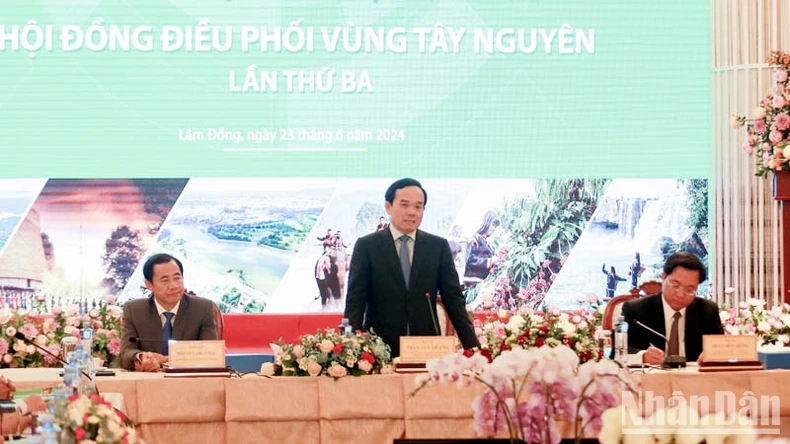 |
Deputy Prime Minister Tran Luu Quang, Deputy Minister of Planning and Investment Tran Duy Dong, and Acting Secretary of the Lam Dong Provincial Party Committee Nguyen Thai Hoc chaired the conference. |
Based on the five principles of policy review and five review perspectives and orientations, the Ministry of Planning and Investment proposes and recommends that relevant agencies research, review, amend, integrate, and consolidate mechanisms and policies, and focus on allocating resources for implementation to ensure consistency, effectiveness, and efficiency of policies, aiming for harmonious development that combines economic , cultural, and social development, resource and environmental protection, closely linked with national defense, security, and foreign affairs.
After synthesizing the opinions of 12 ministries and 5 provinces in the Central Highlands, the Ministry of Planning and Investment reported to the Prime Minister on the draft mechanism and specific policies for the development of the Central Highlands region.
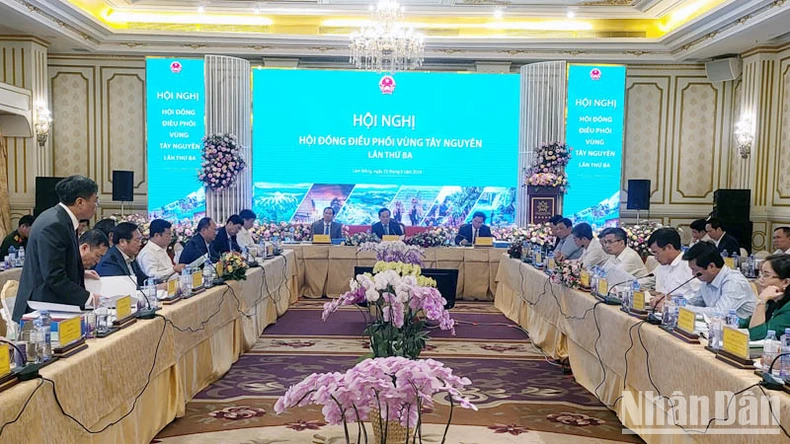 |
The scene at the conference. |
Specifically, the draft includes 10 specific policies. These are:
Policy 1 is to increase the proportion of state capital participating in road transport projects in the Central Highlands region under the public-private partnership method from the current 50% to no more than 70% of the total investment of the project, while meeting the relevant conditions.
Policy 2 concerns the governing body for investment in national highway and expressway projects.
Policy 3 on planning management.
Policy 4: Localities in the Central Highlands region will be supported with an additional allocation of a certain percentage of targeted public investment capital from the central government budget, based on principles, criteria, and norms stipulated for the 2026-2030 period, to invest in key infrastructure projects within the province and develop socio-economic infrastructure in the Central Highlands.
Policy 5 focuses on attracting investment and selecting strategic investors; this policy specifies a list of priority sectors and industries for investment attraction.
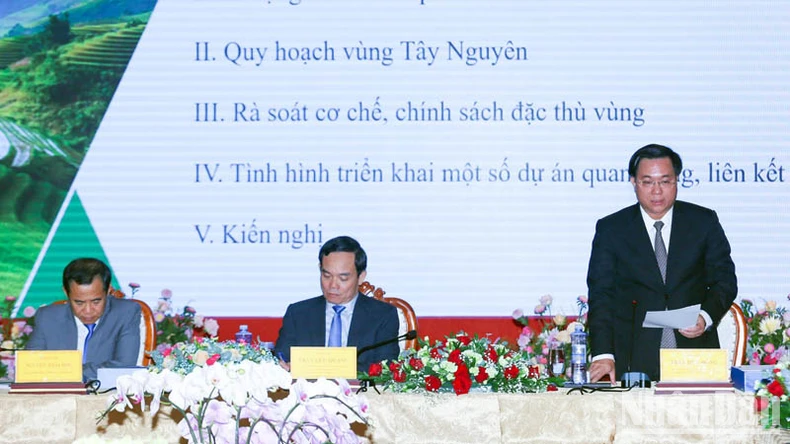 |
Deputy Minister of Planning and Investment Tran Duy Dong reported on the progress of activities of the Central Highlands Regional Coordination Council. |
Policy 6 focuses on housing support for poor households and poor ethnic minority households that do not yet have housing. This policy aims to provide housing support for poor households in rural areas (who have not yet benefited from housing support policies), ensuring they have safe and stable housing, gradually improving their living standards, and contributing to sustainable poverty reduction.
Policy 7 is a pilot program for carbon markets.
Policy 8 is to allocate sufficient personnel in the education and health sectors according to the quotas set by the competent authorities; to allocate additional personnel and calculate the teacher-to-class ratio for each region, especially mountainous, highland, and particularly disadvantaged areas.
Policy 9: Specific mechanisms for adjusting student scholarship levels, the allowance system for catering staff in ethnic minority boarding schools, and investment in educational and training facilities in the Central Highlands region.
Policy 10 is about adjusting the standards for forest protection and development.
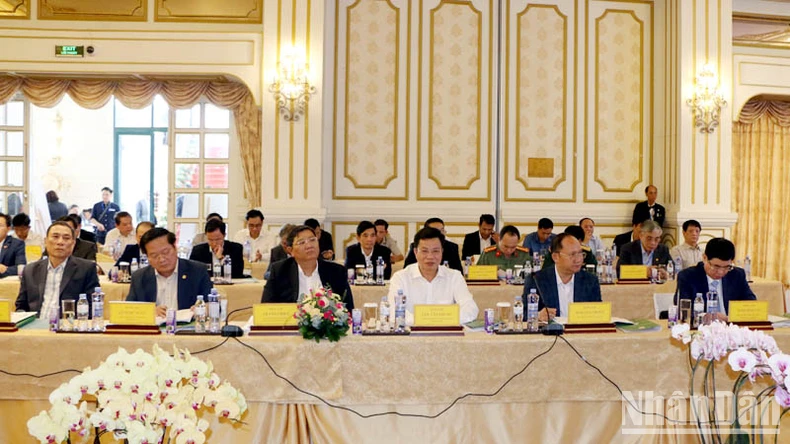 |
Delegates attending the conference. |
For sustainable development in the Central Highlands
At the conference, the Central Highlands Regional Coordination Council reviewed the results of more than one year of implementing Resolution 23 of the Politburo and the Government's Action Program on socio-economic development and ensuring national defense and security in the Central Highlands region; and presented the planned activities for 2024 of the Regional Coordination Council…
According to assessments, the Government's Action Program has set out 20 specific targets for the economy, society, and environment, 23 tasks, and 9 important regional linkage projects to be implemented by 2030. To date, 10 out of 23 tasks have been completed; the remaining tasks are major projects being implemented by ministries and localities in coordination with relevant agencies according to schedule.
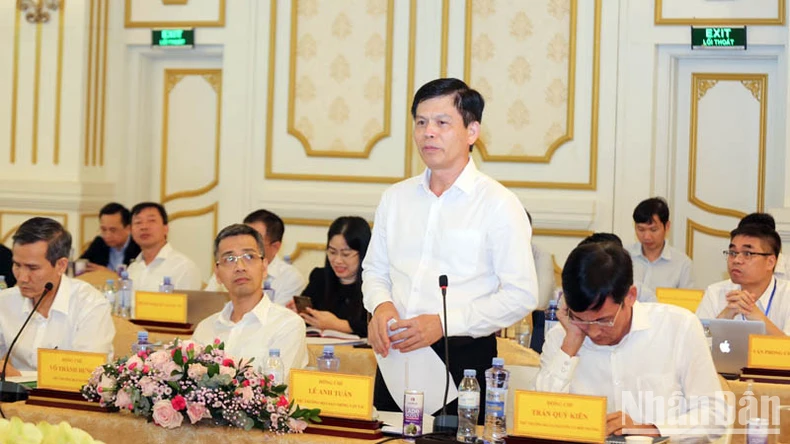 |
Deputy Minister of Transport Le Anh Tuan delivered a speech at the conference. |
Regarding the list of important regional-linked projects, one nationally important project (Khanh Hoa – Buon Ma Thuot expressway) and five key regional-linked projects have commenced construction and are being accelerated; investment procedures are being finalized for two projects, and investment methods are being studied for four projects to facilitate the implementation of the remaining projects.
The conference also assessed the difficulties and challenges facing the Central Highlands region, notably that the region's economic growth in 2023 was among the lowest in the country and had not yet reached the average target for the 2021-2030 period.
 |
The leaders of Gia Lai province delivered their remarks at the conference. |
At the conference, representatives from the Central Highlands provinces and central ministries and agencies discussed and clarified issues related to the implementation of Resolution No. 23 of the Politburo and the Government's Action Program on socio-economic development and ensuring national defense and security in the Central Highlands region; on the planning of the Central Highlands region; reviewing and developing specific mechanisms and policies for the Central Highlands region… They also contributed many practical ideas for the development of the Central Highlands region.
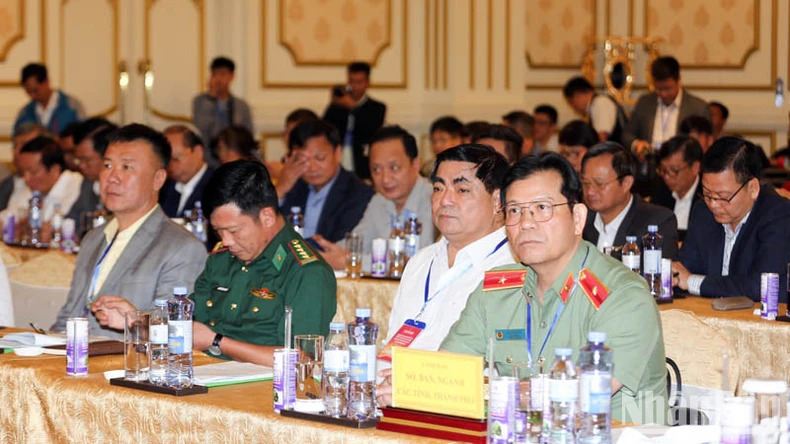 |
Delegates attending the conference. |
In his concluding remarks at the conference, Deputy Prime Minister Tran Luu Quang, Chairman of the Central Highlands Regional Coordination Council, acknowledged the positive developments in the Central Highlands region, as evidenced by economic growth figures, budget revenue, and public investment disbursement.
The Deputy Prime Minister stated that the Central Government views the Central Highlands not only through the aforementioned figures, but also from the perspective that this region serves as the "lungs" of the country and is the western frontier of the Fatherland.
The Central Highlands region comprises five provinces with unique cultural identities, a spirit of solidarity and unity, combined with favorable natural conditions and many successful economic development models, which will create a very high breakthrough in the future.
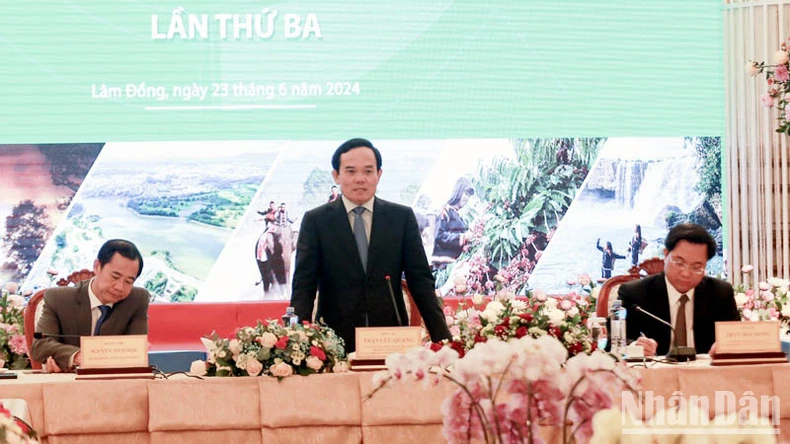 |
Deputy Prime Minister Tran Luu Quang delivered a speech at the conference. |
Regarding planning, the Deputy Prime Minister requested that a legal framework be established to enable the Central Highlands provinces to develop together in a spirit of cooperation, which is the direction for sustainable development. With close, systematic, and scientific linkages, the Central Highlands provinces can immediately implement three key areas: developing a connected transportation system; developing tourism along a chain and route, effectively exploiting unique cultural identities; and sharing and attracting domestic and foreign investment, which will create momentum, confidence, and a foundation for sustainable development in the Central Highlands. “With a large project, this generous sharing, from the perspective of each locality, some may benefit, some may suffer a little, but in the overall development of the entire region, we will all benefit greatly,” the Deputy Prime Minister said.
According to Deputy Prime Minister Tran Luu Quang, the Central Highlands, like many other regions, is currently facing significant institutional obstacles, particularly regarding bauxite mining planning in the region. In addition, there are issues related to personnel management and digital transformation. Provinces also need to focus on implementing three national target programs, ensuring quality and timely progress; and clearly define their tasks in implementing Resolution 23 and the Government's Action Program.
The Deputy Prime Minister requested the Ministry of Planning and Investment to consider the opinions of localities, ministries, and sectors and study solutions; leaders of the Central Highlands provinces should coordinate with ministries and sectors to review and promptly identify shortcomings in institutions, policies, and planning in order to find solutions and ensure development.
The socio-economic and environmental indicators of the Central Highlands region in 2023 were modest compared to the national average. However, key indicators showed increases compared to previous years, such as the economic scale reaching VND 416.5 trillion, equivalent to 4.01% of the national GDP (an increase compared to 2022, which was 3.82% of the national GDP); per capita GRDP reached VND 67.58 million, an increase of 15.7% compared to 2022; the region's economic structure continued to shift positively, with the proportions of the three sectors in 2023 being 34.09%, 22.54%, and 38.76% respectively, focusing on the development of services and the region's strengths. State budget revenue in the region exceeded the central government's projected revenue target by 3.5%. Total registered FDI capital reached US$1.912 billion, an increase of 11.9% compared to the same period in 2022. In the first quarter of 2024, the number of newly registered businesses was 977, an increase of 7.5% compared to the same period in 2023.












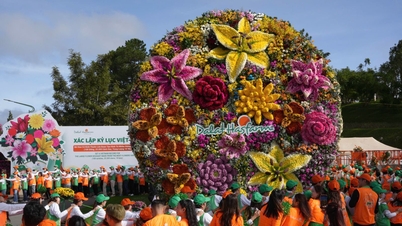





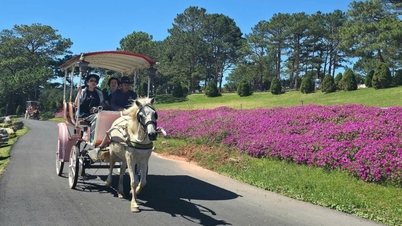

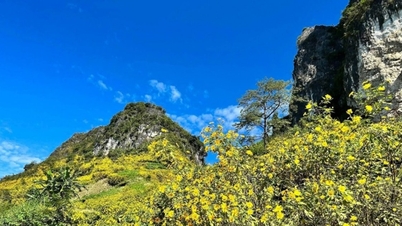
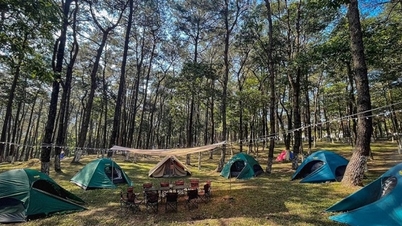
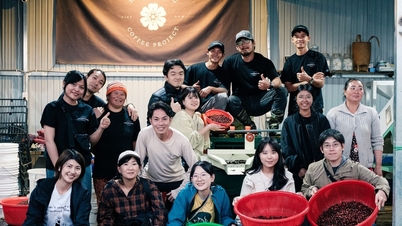

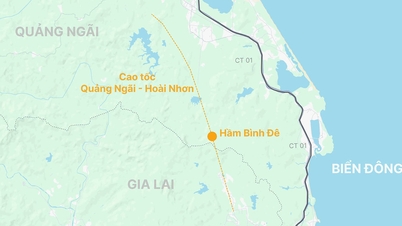





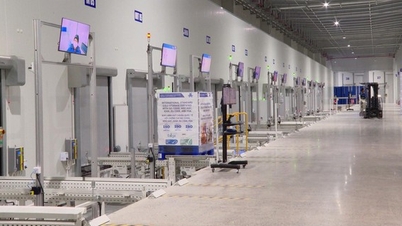
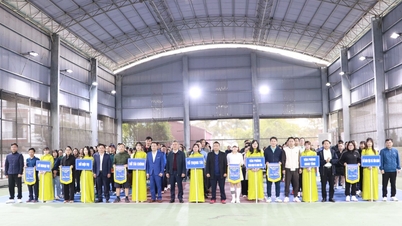
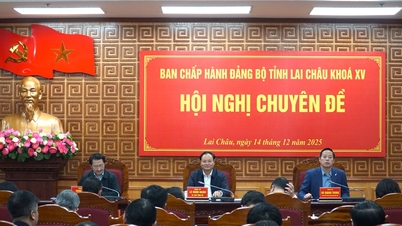

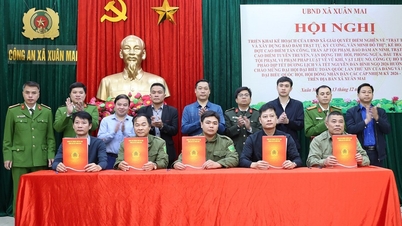

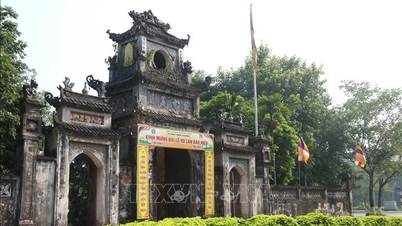


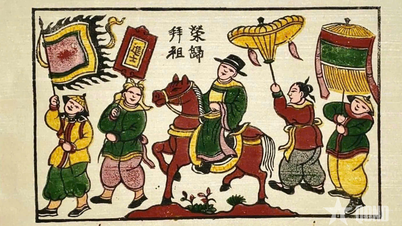



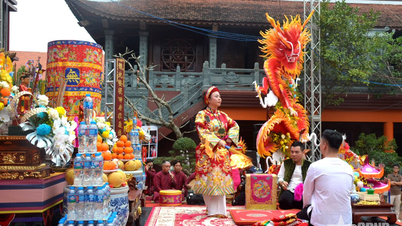



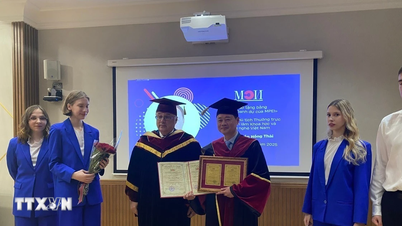





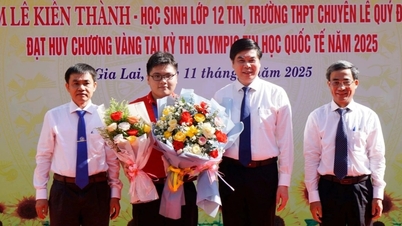

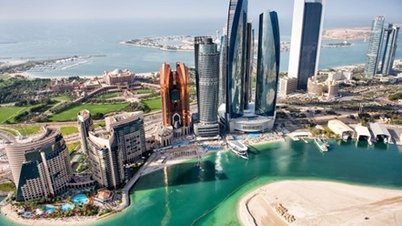





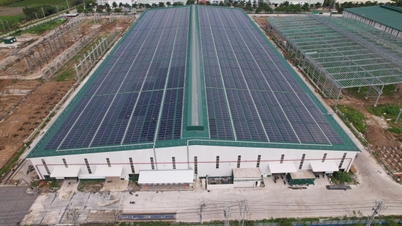











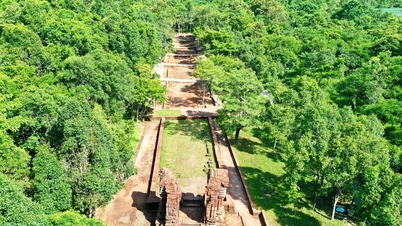




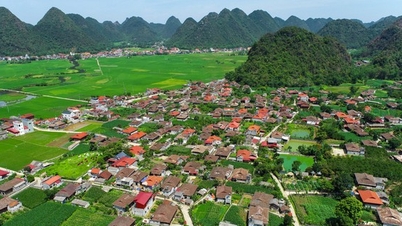







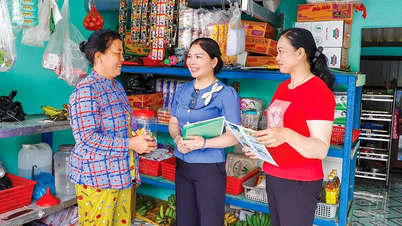















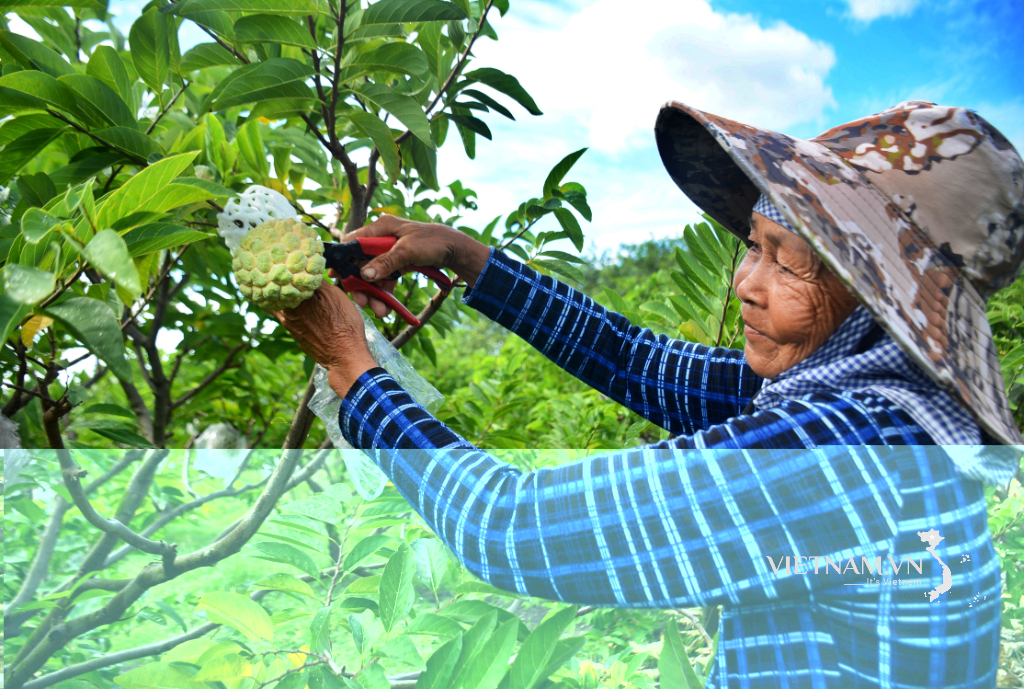
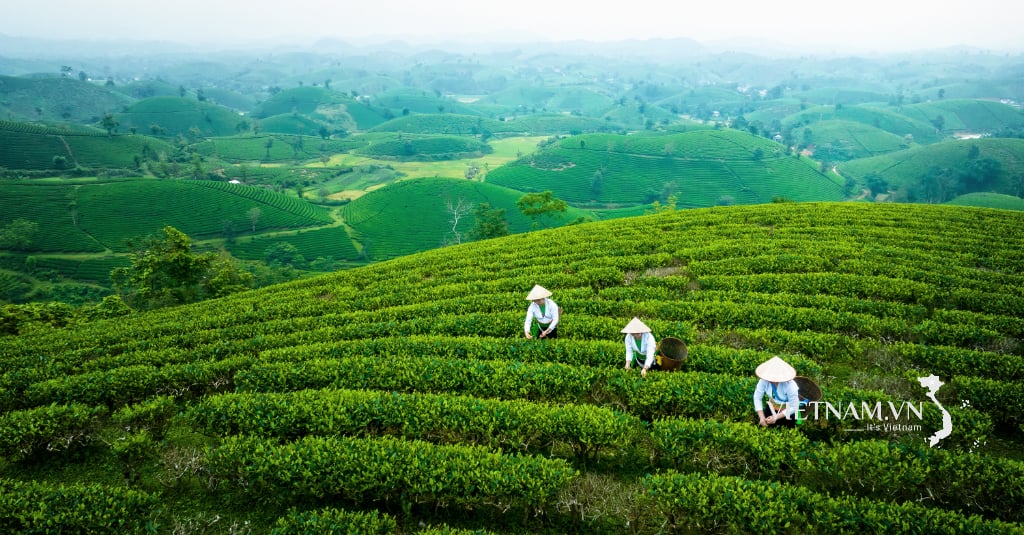


Comment (0)